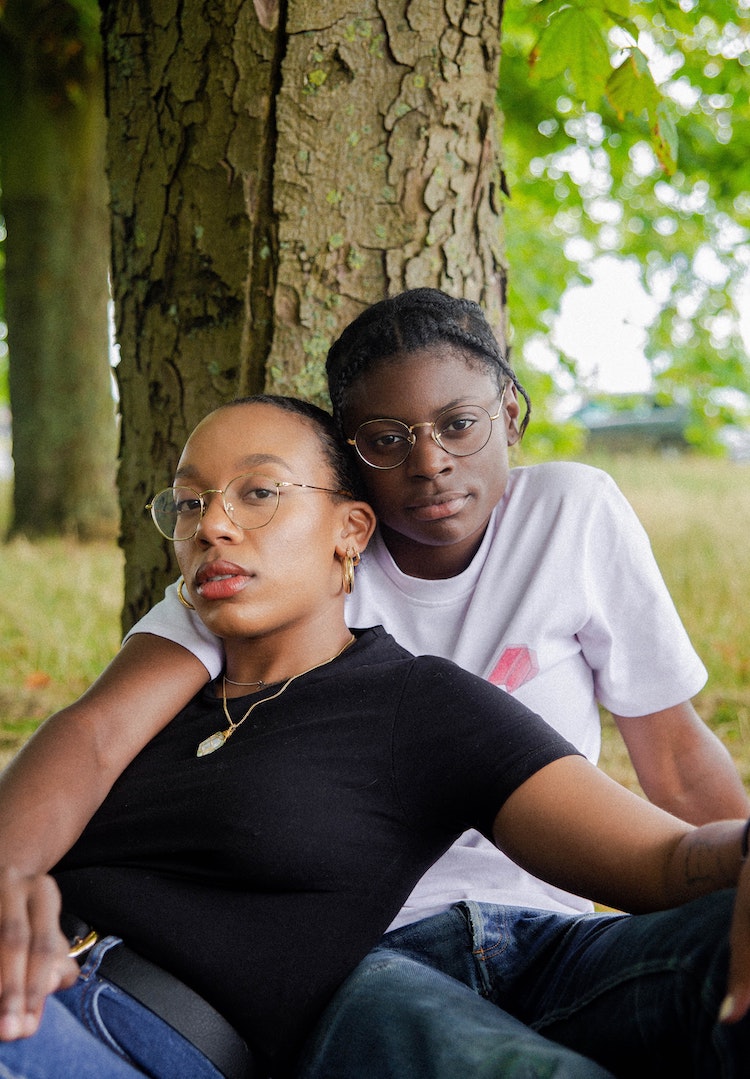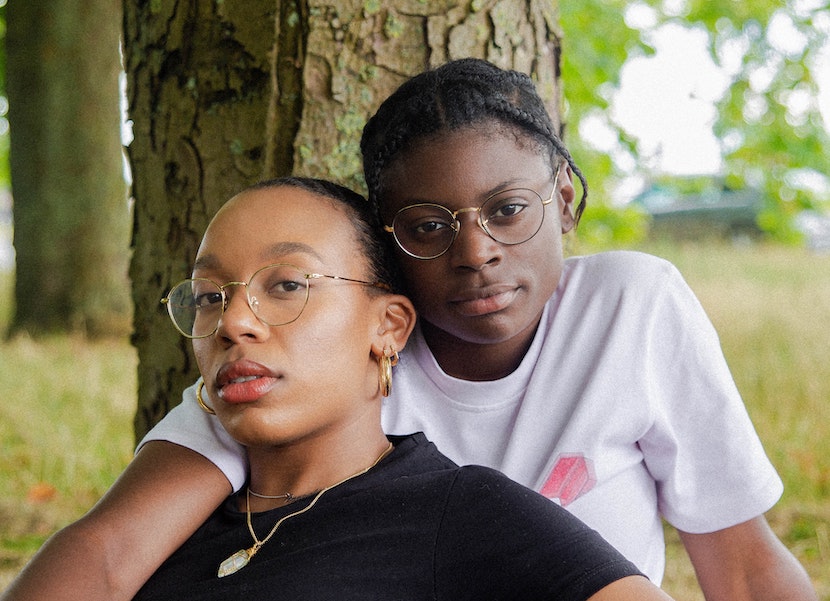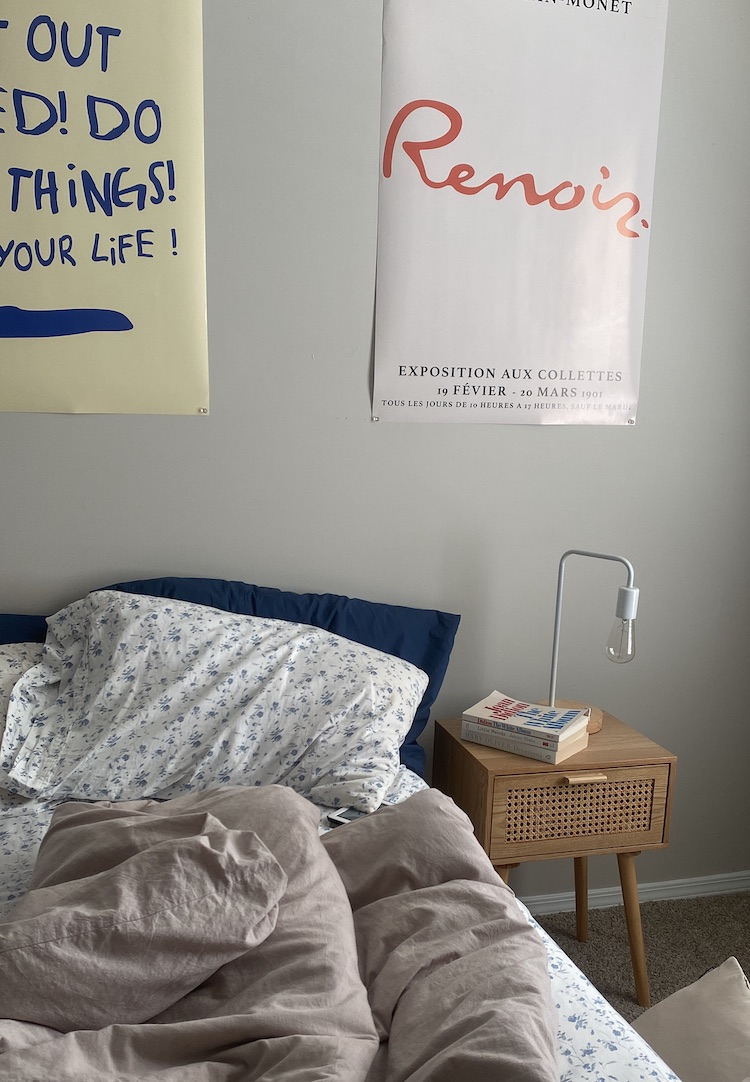Ask A Sex Therapist: What’s the best way to balance mismatched sex drives?
WORDS BY LAURA MIANO
How to meet in the middle.
Laura Miano is a sex therapist based in Melbourne and co-founder of sex toy concept store Posmo. Her mission is to empower people to create a more fulfilling sex life and to support those who might like to explore their sexuality beyond cultural norms. To learn more about her, follow @lauramianosexology or contact her here.
My partner always wants to have sex, while I haven’t felt as horny recently. How do we work towards both feeling satisfied with mismatched libidos? – Guilty
Hi Guilty,
I’m so glad you asked! Think back to the beginning of your relationship. When you’re feeling infatuated, there’s a predisposition to notice the similarities you have with your partner, not the differences. You can completely block rational assessments in order to preserve that ‘honeymoon period’ feeling. Your needs – sexually and otherwise – can change with the infatuation-driven factors motivating you.
If there are differences encountered at this time, these are often interpreted as interesting, exciting or challenging. The ‘love conquers all’ mentality starts kicking in, causing you to briefly overlook your needs in the name of love (or lust, depending). With hormones coursing through your body, your partner’s enthusiasm is motivation enough to want to have sex.
For more sex talk, head on over to our Life section.
As you now know, limerence doesn’t last forever. We’re all complex and diverse individuals with a range of emotional, physical and sexual needs we’d like to be met. Impacted by a variety of external factors, it’s unlikely you and your partner will always have identical sex drives. Here are my tips for balancing mismatched libidos.
Sexual expectation
It’s difficult to understand your sexual desires with the pressure of social and cultural expectations. Over the years, movies and TV shows have told us that ‘good sex’ should look and feel a certain way. The penis and breasts should be touched, orgasms should always happen (easily too) and you should be having enthusiastic sex at least twice a week. Like a lot of what we see in media, this is unrealistic!
Everyone’s sexuality manifests in a different way. Not everyone likes the same kind of sex! When people enter relationships thinking about this media-veiled view of sex, the outcome can feel disappointing. The partner with lower desire often feels like the issue when the sex they’re having isn’t meeting this cultural ideal.
A two-way street
While the lower desire partner often feels like they’re the problem, the higher desire partner often feels like they don’t have one. But sexual imbalance involves both parties! With the higher and lower libidos constantly clashing with each other, there needs to be a merging to find some healthy common ground.
As always, communication is key. This could mean the lower desire partner is more honest about what’s not happening. In response, the higher desire partner could ask how they can change their behaviour to meet those needs.
It’s not always sex, either! In my work, I often see these unmet needs happening before the ‘genital type’ of sex begins. This could mean more eroticism, increased intimacy or a lack of space to thrive as an individual.
What doesn’t work
It sounds obvious, but when partners respond to higher or lower libido with aggression, there’s an implicit failure to understand the other person’s feelings. When the lower desire partner ‘succumbs’ and attempts to meet their higher partner’s needs (maybe due to guilt or preventing hurt feelings) without really trying to meet in the middle, it can create anger or resentment over time.
Again, when the lower libido partner reacts in a way that’s critical, withdrawn or hostile, it can inflame the problem. Following this, the higher libido partner will often be less likely to want to meet the lower’s needs. When this higher partner accepts their lack of sexual needs being met, it can create resentment and lead to issues in other areas of the relationship.
It goes without saying that most couples have good intentions. While partners with mismatched libidos might try to meet in the middle, it’s easy to become frustrated. Nobody wants this toxic cycle to play out.
Finding a solution
Many couples with mismatched libido issues find it difficult to discuss their issues at home. With it being a sensitive issue, often one person ends up upset or the conversation goes in unproductive circles. And we know once this happens, it’s difficult to think clearly in a stressful situation – kicking off that toxic cycle once again.
Why is it so difficult? Poor communication can happen for a variety of reasons. It can start with a lack of knowledge about human sexuality and its many variations, or a sense of uncertainty if you or your partner’s needs don’t fit the ‘cultural’ idea of sex.
The issue also might affect your self-esteem, which means it’s likely you’ll fail to really assert yourself. If your partner doesn’t understand your needs, they definitely can’t meet them. To combat this, communication needs to be positive!
As an example, you could say “I can see you’re trying really hard”, or “I’m not in the mood for sex right now but what about some cuddles on the couch?”. Positive communication is about listening – really listening – and understanding that both parties can be right. It’s not about winning!
In contrast, let’s look at some negative communication. This sounds like “You’re not even trying”, “We’ve gone through this already”, or “My ex didn’t have this problem”. When you feel like you aren’t being heard, you can actually take a more polarised stance in the conversation. In turn, this stops that positive communication flow and leads the issue to snowball.
Consequently, you and your partner can become totally sexually isolated. The pursuer-distancer pattern – when one person chases and the other pushes away – forms, which only draws you further apart. When a partner is pushing and the other is pulling, this will eventually lead to intimacy ceasing altogether.
Understand each other’s point of view
Does your partner have a different libido type? It’s not always just ‘high’ or ‘low’ – according to Australian sex therapist and clinical psychologist Sandra Pertot, there are at least ten that fall somewhere in between.
Sandra, the author of When Your Sex Drives Don’t Match, identified libido types like sensual, dependant, addictive, detached and compulsive. Understanding your partner’s sex drive more deeply is always a helpful tool. This all starts with good, healthy communication!
Think about the external factors. Is your partner stressed, experiencing mental or physical illness, maybe not getting enough sleep? In this case, the broader needs of intimacy – like feeling heard and validated – might need to be met, for both higher and lower libido partners.
Change your thinking
These are just a few of the ways couples can work towards common ground in their sex lives. Lower desire partners can try to increase awareness of their lack of desire; there’s so much shame involved that it’s easy to avoid and difficult to confront. Try to take a problem-focused approach, rather than letting the feelings of shame prevent you from facing the issue.
Like I’ve said before, bringing in broader intimacy can connect you in new and exciting ways. For the higher libido partner, this is where intimacy without sex can come into play. Eroticism can happen through kissing, showers together, naked cuddling, dancing in the kitchen or playful touching. Switch up the routine, enjoy some sensual time with your partner and always remember – positive communication is key.
For more info on mismatched libidos, head here.










